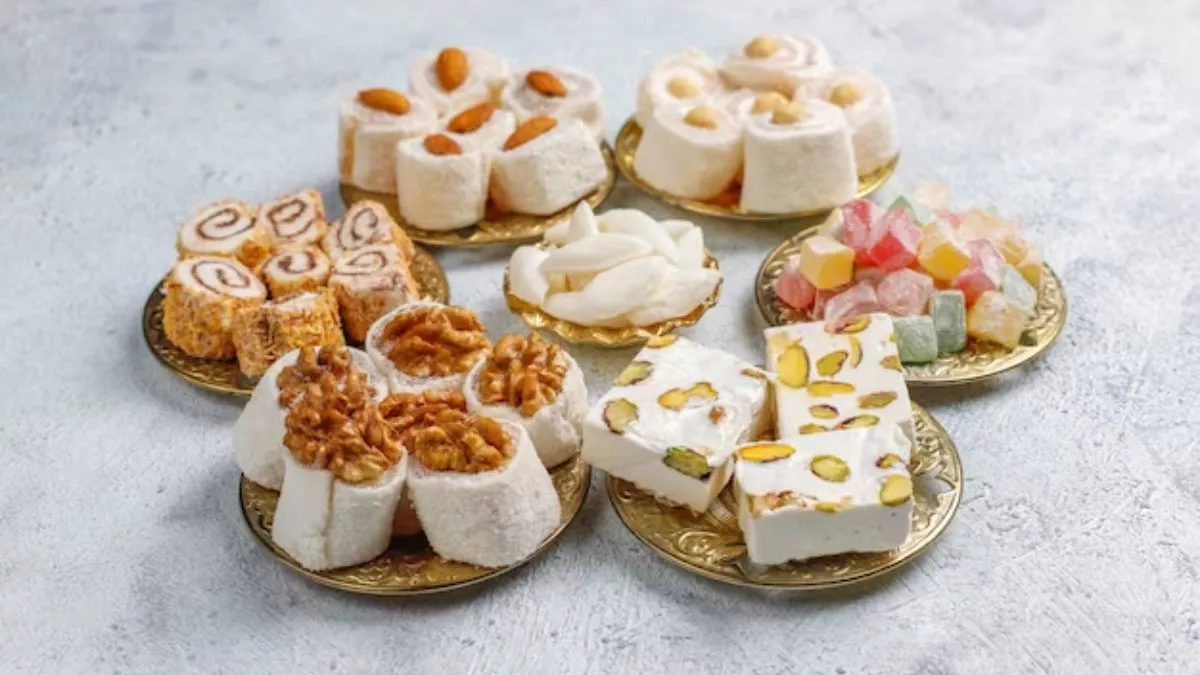Preparation of different dishes of mutton starts in advance on Bakrid. In such a situation, we must identify right and wrong while buying mutton. Mutton is rich in protein, vitamin B-complex (vitamin B1 to B12), vitamin C, iron, calcium, phosphorus, and omega-3 fatty acids. Which is also necessary to maintain nutritional balance in our body. Choosing the right pieces is essential to reap all the nutritional benefits of mutton. Let us tell you what things must be kept in mind while buying mutton.

Correct identification of color: The color of the meat tells its freshness. Mutton should be bright red in appearance. If the meat has been vacuum-packed, it may appear slightly brown. It is also good quality meat and will last a long time in the refrigerator.
Check the smell: Poultry meat is usually odorless, but on rare occasions, it may have a slight musky odor. The smell of red meat is very specific to the type of meat and should not differ from the typical smell of goat or lamb. One must ensure that any type of fresh meat that is purchased does not have any foul smell or pungent smell.
Check the texture: the muscle fibers should be visible. The meat should not be sticky and if you touch it, your fingers should feel dry rather than sticky. The meat should not look transparent and watery while cutting. It should not fall easily while cutting it. The color of the fat should not be yellow. If the color of the fat is yellow, then understand that the meat is not fresh.
Prefer skinless: The skin of meat contains saturated fatty acids, which are high in calories and can potentially increase the risk of cardiovascular diseases. Hence, it is always advised that the meat is consumed only after removing the skin.

Along with the correct identification of mutton, it is very important to identify the piece of mutton. Let us tell you which pieces of mutton should be bought while buying…
Sent (Brain): The scent of a goat is just like the human brain. Its color is light pink. Senda fried dish is prepared from goat's brain. It is very much liked and it keeps the human eyes, brain, and nervous system healthy.
Neck: The meat of the goat's neck is soft and less fibrous. There is almost no smoothness in it. Most people use this piece in Biryani.
Shoulder: The meat of a goat's shoulder is soft and lightly greasy. Most people use it in Korma and Keema. If you know about pasada, then tell that goat shoulder meat is used for this dish.
Breast: Goat's breast meat has more fat and greasiness. The dish is prepared by boiling it. This piece is mostly used in soup, biryani, and korma.
Ribs (Rack): The part below the shoulder of the goat is called the chap. The chap is soft and flavourful. It is mostly used in Mutton Korma and Biryani. It is also eaten roasted.
Loin: The demand for goat loin is also high. Mostly goat's leg is used in mutton curry. The part from the back of the goat to the loin is called Puth. That is while buying mutton, you can also tell the shopkeeper the part between the ribs and the legs of the goat instead of the leg.

Ran (Upper part of the leg): The demand for goat's ran has always been seen in meat lovers. The upper part of the goat's leg is called Ran. Goat's fat is mostly used for round both, keema and kebabs. Raan is used in Seekh Kebab, Galawati Kebab, Shami Kebab.
(PC: Freepik)










